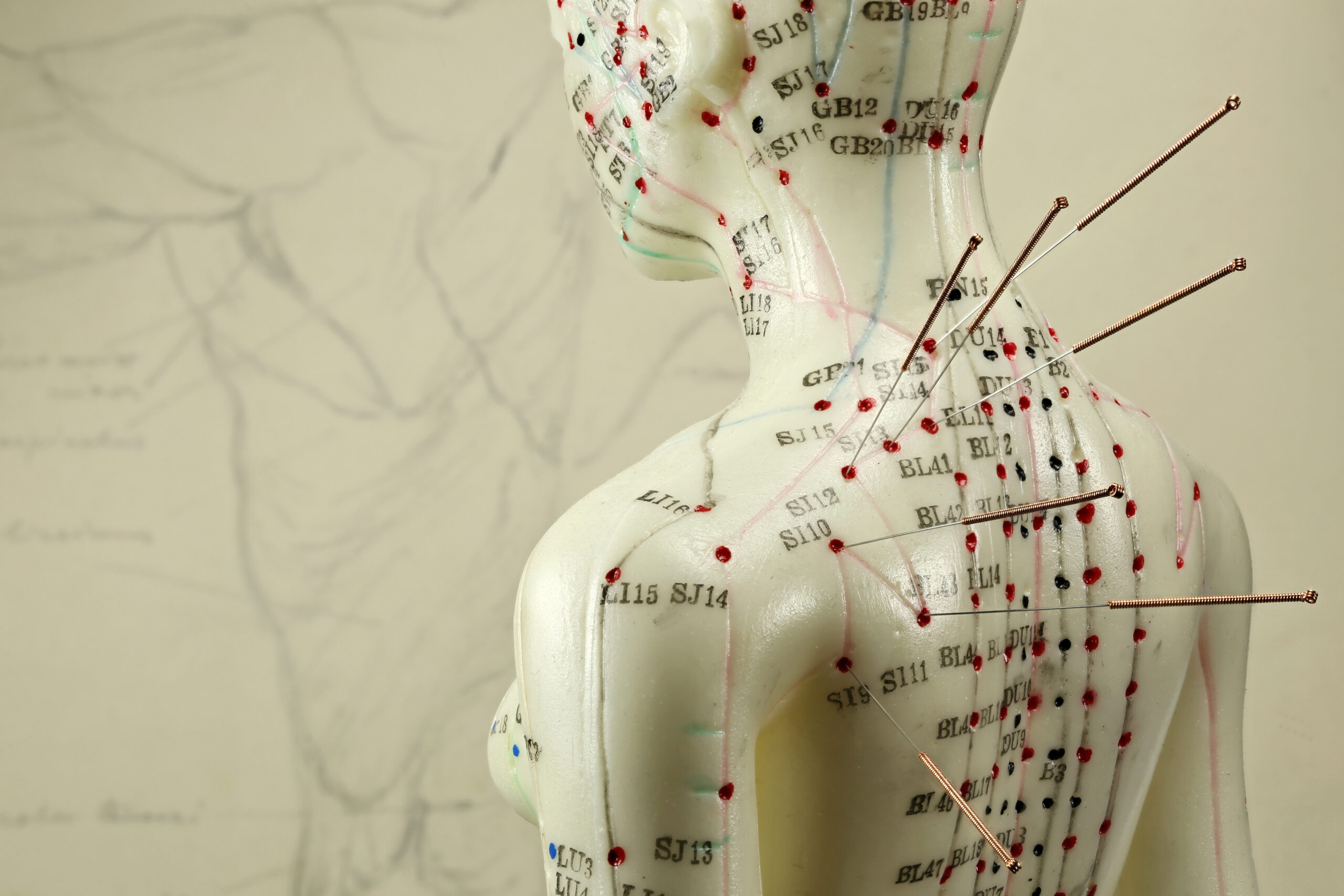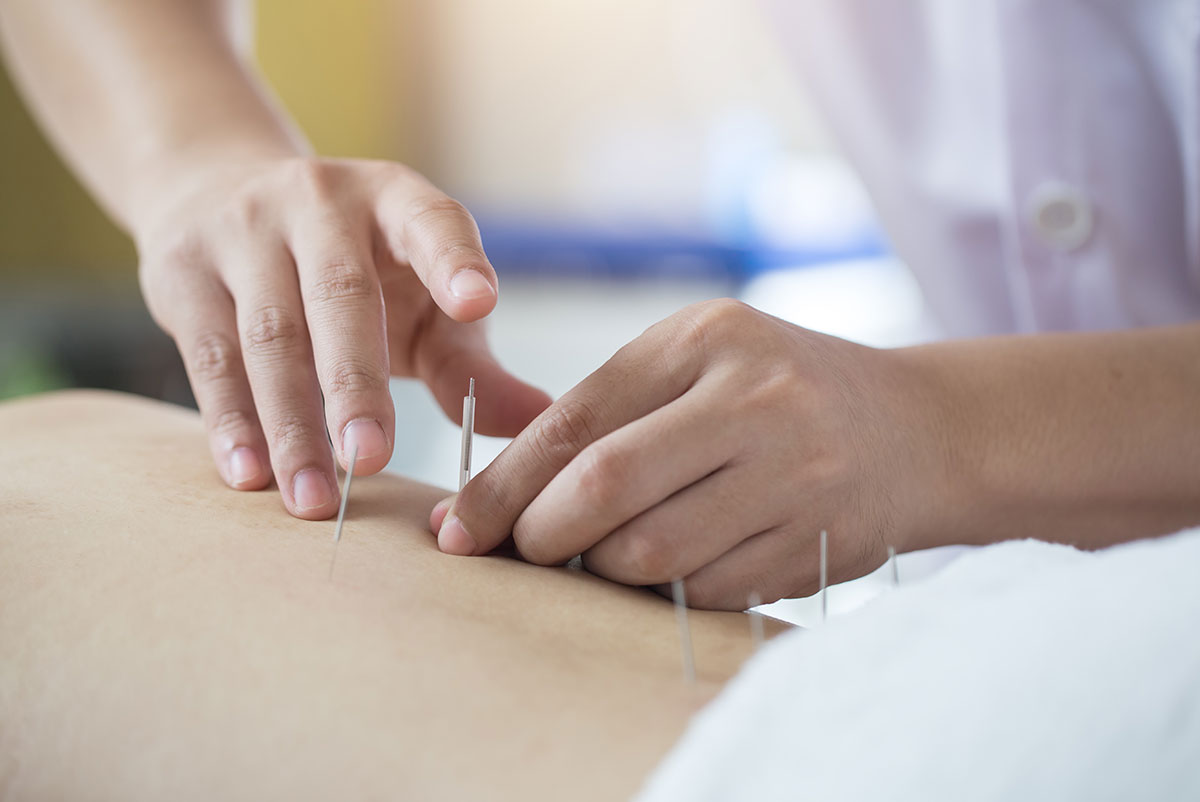Acupuncture Therapy: The Basics, Benefits, and Cures
Acupuncture therapy is a form of traditional Chinese medicine that involves inserting thin needles into the skin at specific points on the body. Each point corresponds to an organ, emotion, or sense. A well-rounded acupuncture treatment plan can target these in unique ways other medicines can’t.
In addition to treating pain, acupuncture treatment is used for anxiety, depression, insomnia, headaches, migraines, nausea and vomiting, menstrual cramps, fertility problems, smoking cessation, and weight loss.
The Basics and Benefits of Acupuncture Therapy
Scientists do not fully understand the exact healing mechanism behind acupuncture therapy, but they believe it involves a combination of factors. One of those things is the release of endorphins, which relieve pain. Stimulating the nervous system is another, which can also help regulate mood, pain, and other bodily functions. It also helps you relax and relieve stress.
Although acupuncture treatment is generally safe, make sure you find a licensed acupuncturist in your state. It’s not uncommon for patients to endure side effects, especially since needles can cause mild pain or soreness.
Certain patients can also experience bruising, dizziness, lightheadedness, and nausea. A professional acupuncturist can help, as tailored and customized treatment plans are known to provide the best solutions. There are a variety of health problems acupuncture therapy can treat, and it’s usually very safe and effective.
Acupuncture Origins, Bodily Reaction, and Pain Management
According to Chinese medicine, energy flows through your body. Many believe disrupted “qi” (pronounced “chee”) causes imbalances in the body’s energy. By pressing sterile needles on acupuncture points throughout the body, some forms of acupuncture therapy restore qi balance. Meridians — also called energy-carrying channels — consist of hundreds of acupoints in the body.
By using needles, your body reacts, rebalances, or releases natural chemicals, including endorphins, your body’s own natural painkillers and neurotransmitters.
There’s no one-size-fits-all approach when it comes to acupuncture treatment. There are some people who feel nothing at all, while others feel a dull ache or mild pricking. Others feel tingling or buzzing or feel warm or heavy. Acupuncturists sometimes twirl or move needles after inserting them. You might feel a slight increase in sensation at times.

Acupuncture is mild and tolerable for most people. Be sure to tell your acupuncturist if you’re feeling pain. To make the treatment more comfortable, they may adjust the needles or use a different size of needle or technique.
You might feel relaxed or energized after acupuncture therapy. Pain or other symptoms also seem to be lessened. Although acupuncture’s effects can vary from person to person, most people find it to be a safe and effective treatment.
Acupuncture Therapy Can Cure a Variety of Ailments
Acupuncture therapy can help with a lot of health problems. It’s usually used for chronic (long-term) pain like arthritis, back pain, neck pain, shoulder pain, knee pain, headaches, migraines, sports injuries, jaw pain, sinus congestion and facial pain, neuropathy, and menstrual cramps.
As well as alleviating chemotherapy side effects in cancer patients and reducing nausea during pregnancy, acupuncture treatment may also help with infertility, autoimmune diseases, colds and flu, irritable bowel syndrome, menopausal hot flashes, insomnia, anxiety, and depression.
Getting a ride home is always wise if you’re getting acupuncture therapy for the first time. If that’s not possible, try to rest for five to ten minutes before driving home. Your practitioner may advise you to take it easy following each session.
Your body may need a number of treatments depending on how severe your condition is. Most patients have an appointment once a week. Some people get treatment more often, while others get it less frequently. Our acupuncturists can recommend the right schedule for each patient.
Wellness and Pain Can Help
A range of acupuncture therapy options is available at Wellness and Pain. We offer conservative treatments, minimally invasive quick-recovery procedures, and surgery. With these, we can keep you free of problems by providing lifestyle education and home care advice to help you avoid and manage issues, quickly relieving the conditions inhibiting your life by using state-of-the-art acupuncture treatment.
We personalize patient care plans based on each patient’s condition and unique circumstances to relieve pain, improve mobility and mental space, and improve your overall health.
Conditions Related To Acupuncture
Shoulder/ joint pain
Shoulder/ joint pain
Shoulder and joint pain can result from various causes, including injury, overuse, or underlying con...
Herniated Discs
Herniated Discs
...
Bulging Discs
Bulging Discs
...
Pinched Nerves
Pinched Nerves
...
Chronic pain
Chronic pain
Chronic pain is persistent pain that lasts weeks to years, affecting quality of life. The clinic off...
Stress
Stress
Chronic stress can lead to various health issues, including pain and fatigue. The clinic offers inte...
Anxiety, depression
Anxiety, depression
Mental health conditions like anxiety and depression can exacerbate physical pain. Wellness and Pain...
Neck pain
Neck pain
Neck pain can stem from various issues, such as muscle strain or nerve compression. Wellness and Pai...
Headaches
Headaches
...
Repetitive stress injuries
Repetitive stress injuries
...
Muscle Tension
Muscle Tension
...
Back Pain Specialists
Back Pain Specialists
Back pain specialists alike understand how common back pain and discomfort are. It’s important to ...
Radiating/Sciatica leg pain
Radiating/Sciatica leg pain
Symptoms of sciatic pain include burning pain from your lower back into your buttocks and can radiat...











